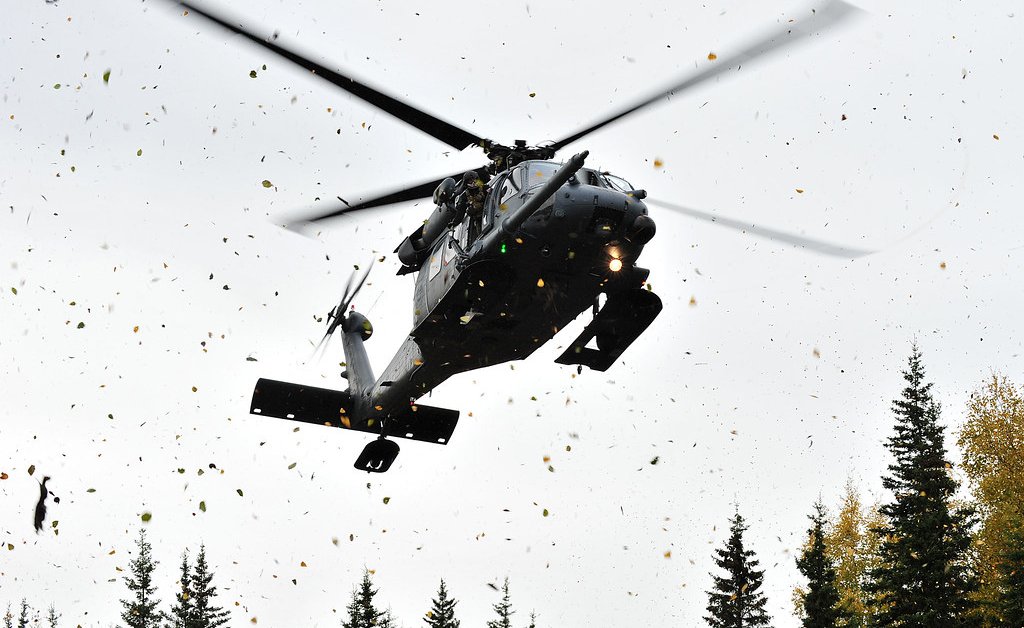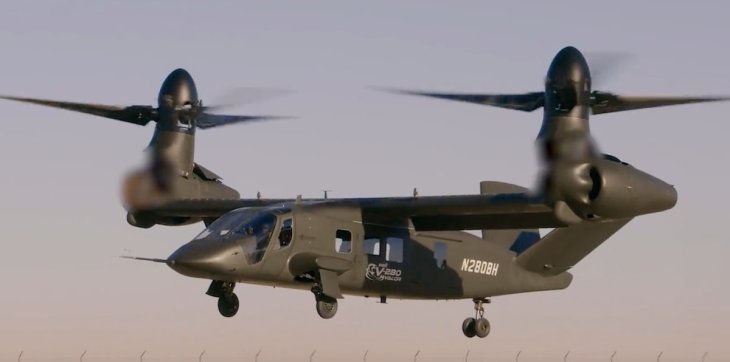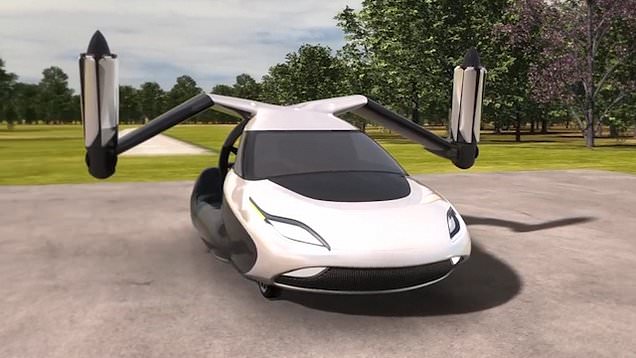U.S Air Force Is Working On Autonomous Aircrafts To Rescue Pilots
Saanvi Araav - May 28, 2019

There is the potential of using autonomous aircraft to extract people from the crash sites and the U.S Air Force is working on that idea
- Hyundai To Introduce Its Flying Car At CES 2019
- This Autonomous Aircraft Picks Up Cargo Loads On Its Own
- Vegebot Is A Machine-Learning Robot That Harvests Lettuce Autonomously
When an aircraft of the U.S crashes, U.S Air Force will dispatch a rescue squad to extract the pilot and recover the wreckage. However, that is quite risky in some case because that means they will put more personnel at the risk of enemy fire or accident. Surely they want to avoid that risk, or at least develop new tools which will help them to rescue the crashed pilot. Delivered the news is the Aviation Week with Air Force Research Laboratory' solicitation, there is the potential of using autonomous aircraft to extract people from the crash sites.

That mentioned solicitation has the name of Personnel Recovery / Transport Vehicle. They issued it back on the 2nd of May. From its content, we have a general image of the AFRL. It will be an autonomous, small aircraft. It will have a minimum range of 160 kilometers that only requires a very small footprint for landing. Its minimum capacity is two personnel ( one assumed to need medical treatment). And its maximum capacity is around four people with over 600kg of equipment.
They intend to design it so that it could work in all terrain types; there is also a possibility for water recovery. And at final, they want to make it with a low audible signature. Which means it will be quiet during landing and takeoff. They also want it to be deployable from an airplane for the required case. However, they haven't told us how the vehicle would actually look like yet. Maybe it will seem like a tilt-rotor aircraft, an autonomous helicopter, or something different altogether.
U.S Air Force Wants To Minimize The Number Of Peoples Exposed To The Risk
U.S Air Force also intended for this whole system to work: like Reaper or Predator drones - control by a pilot remotely, or will be controlled by command of the personnel onboard - who doesn't need much training. Imagine the type of pushing the button, and the vehicle will do the rest. In both ways, they won't have to send a flight crew out anymore. There would be fewer people, thus fewer risk.
Some Are Talking About The Flying Car That Private Companies Are Developing

The paper also mentions the current trend of private companies on the market who are developing "flying cars." In recent years, there have been various efforts to make an autonomous plane with the ability to transport people both ways. We have seen prototypes and concepts from enterprises such as Volocopter, Uber, Lilium, Vertical Aerospace, Ehang, Boeing, Airbus, Bell, Kitty Hawk, and many others. In fact, some of those research and effort could be beneficial to the military.
However, on the note of the Air Force, they couldn't just easily adopt a civilian use vehicle for their purpose. From the solicitation, we know that the reason is that most of the civilian-oriented PAV designs are limited with their weight, range, speed or power option that have been made with FAA design categories to be easily fielding while the vehicles for military usage has to be much more robust to fit with the wide usage range that the military wants to.
In reality, this solicitation is merely the first step in the development process. Companies that want to answer will have to show their ability to deliver before even develop or test the thing. Once the assigned company complete those steps, then they could move to actual production. And during the process, they could establish a civilian usage for the technology too.
Featured Stories

Features - Jul 01, 2025
What Are The Fastest Passenger Vehicles Ever Created?

Features - Jun 25, 2025
Japan Hydrogen Breakthrough: Scientists Crack the Clean Energy Code with...

ICT News - Jun 25, 2025
AI Intimidation Tactics: CEOs Turn Flawed Technology Into Employee Fear Machine

Review - Jun 25, 2025
Windows 11 Problems: Is Microsoft's "Best" OS Actually Getting Worse?

Features - Jun 22, 2025
Telegram Founder Pavel Durov Plans to Split $14 Billion Fortune Among 106 Children

ICT News - Jun 22, 2025
Neuralink Telepathy Chip Enables Quadriplegic Rob Greiner to Control Games with...

Features - Jun 21, 2025
This Over $100 Bottle Has Nothing But Fresh Air Inside

Features - Jun 18, 2025
Best Mobile VPN Apps for Gaming 2025: Complete Guide

Features - Jun 18, 2025
A Math Formula Tells Us How Long Everything Will Live

Features - Jun 16, 2025
Comments
Sort by Newest | Popular